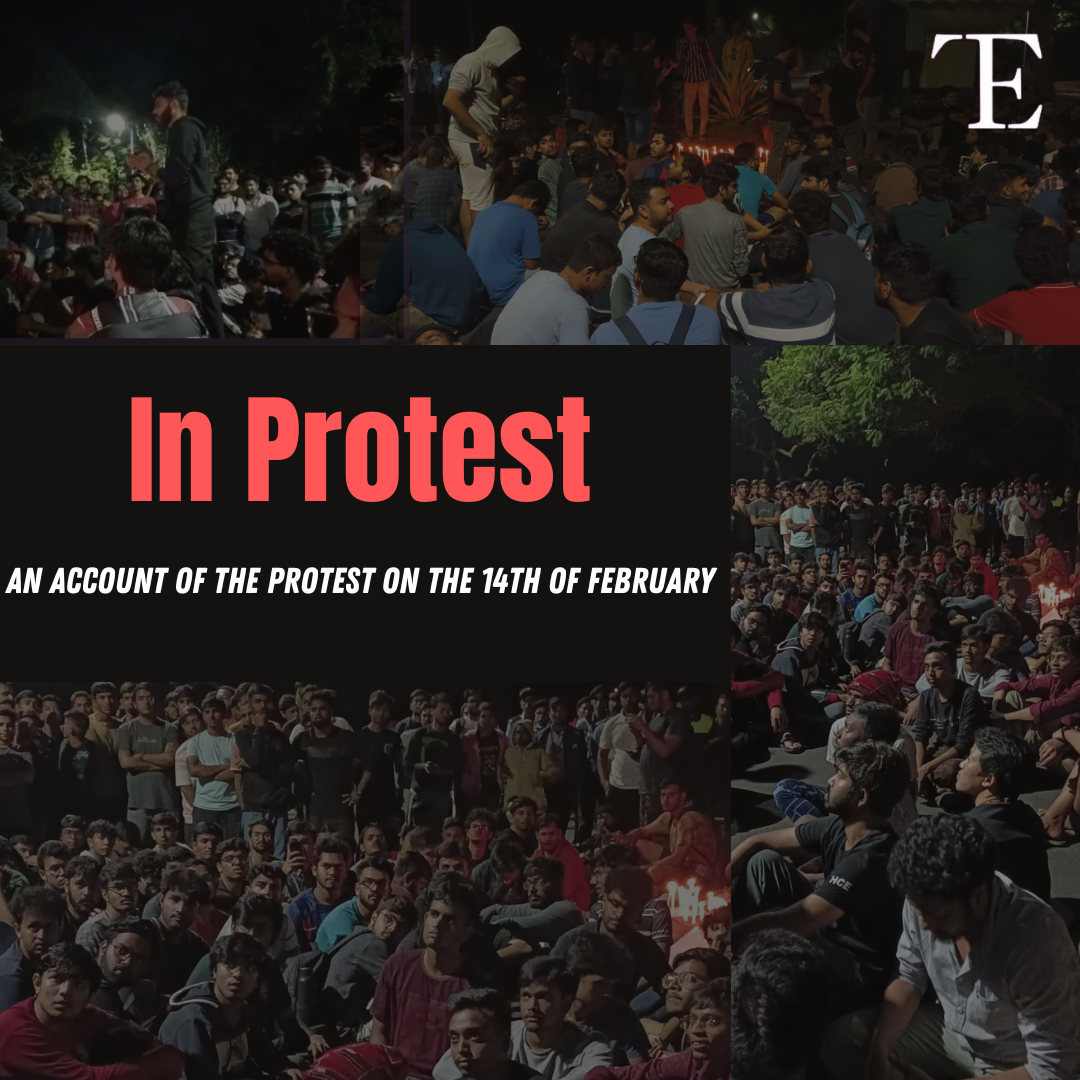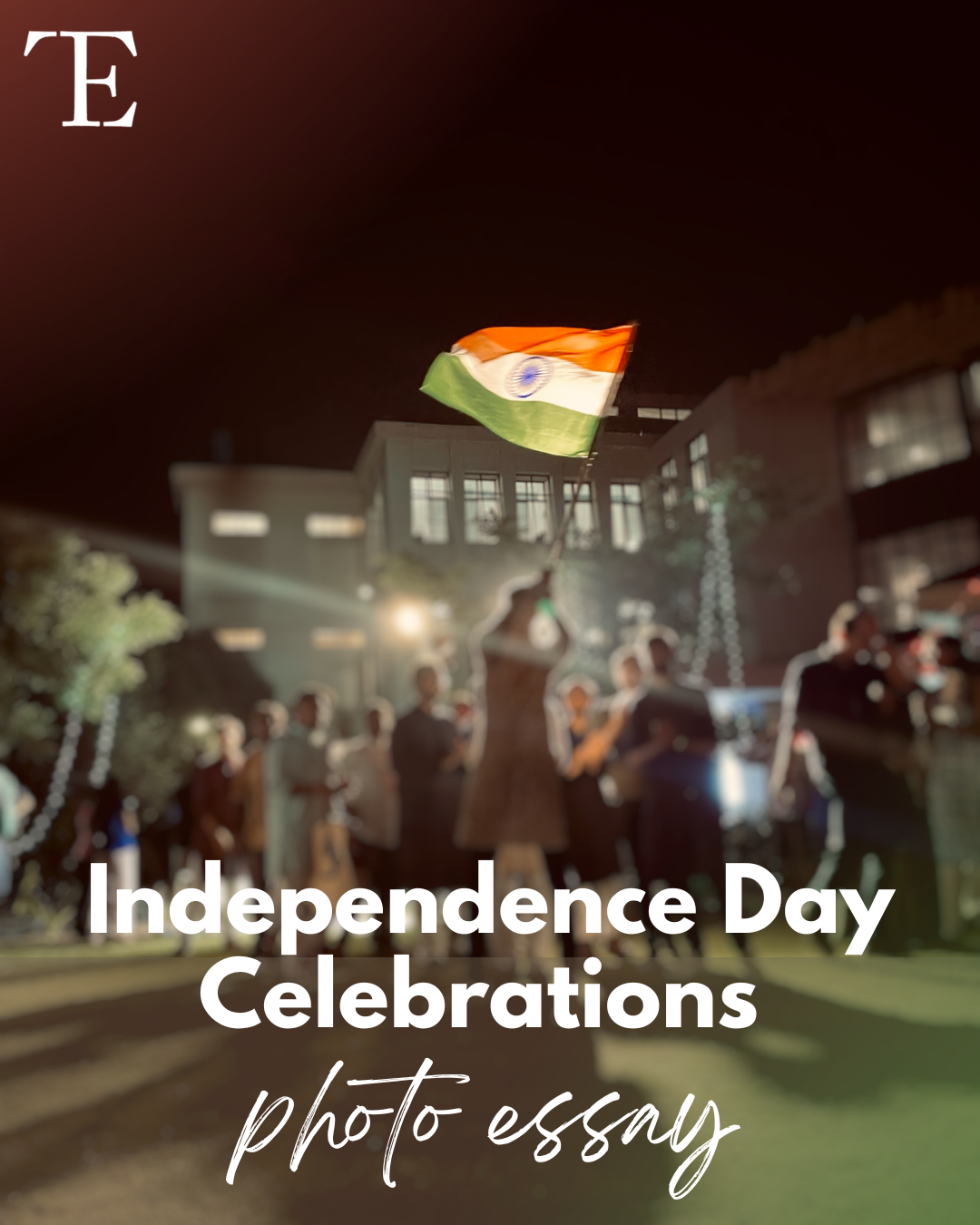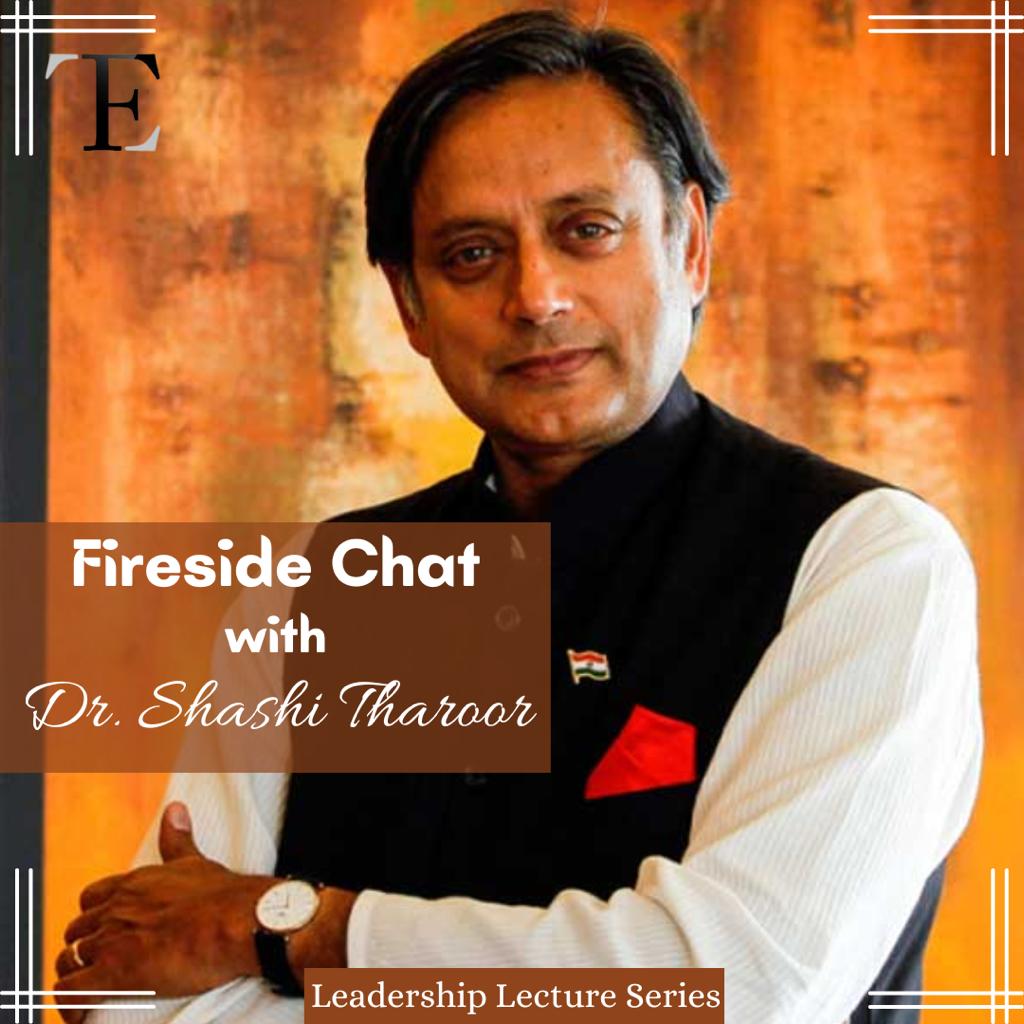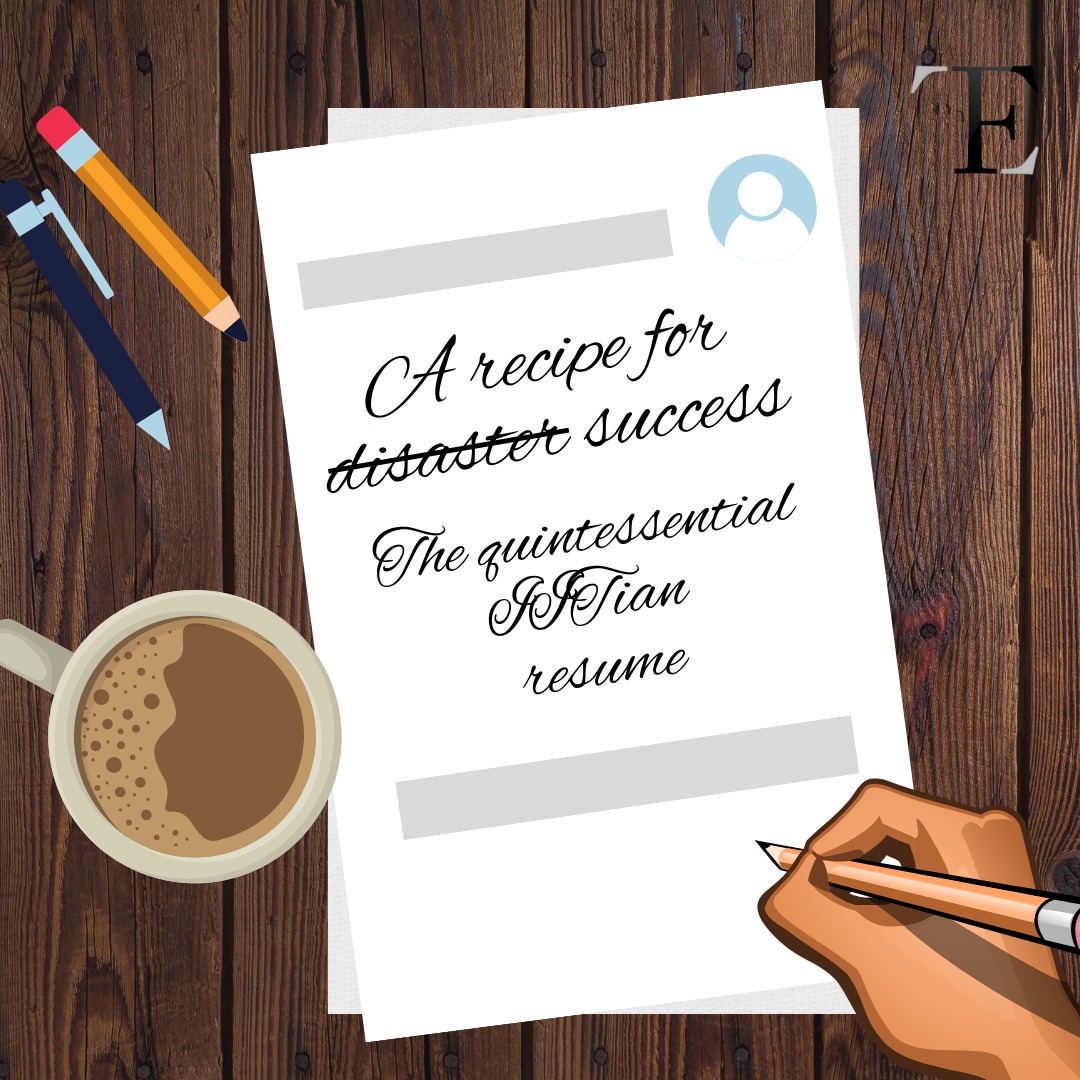It is midnight, the 14th of February, and groups of students are walking towards Gajendra Circle (GC). Candles burn at GC, as students slowly assemble to protest the two harrowing incidents that just took place on campus – a suicide and a suicide attempt.
This was how the night of thirteenth February ended and the midnight of Valentine’s Day began for us. We assembled at GC, wanting to mark our outrage at the cavalier attitude displayed by the administration towards the student suicide. We had four primary demands:
- direct audience with the Director,
- better integration of the Masters’ and PhD scholars in the Institute student body so as to prevent them from getting isolated
- 24×7 hospital and pharmacy facility on campus
- transparency from the administration in the cases of suicide or suicide attempts
The Chairman of the Council of Wardens (CCW) and the Chief Security Officer (CSO) were the first officials to be present on site. They tried to control the situation by telling us that this “was not the appropriate time to protest”. They made an appeal to us to disperse on account of respecting the deceased. We refused to give in to the insensitive demand made by CCW and CSO. Not trusting CCW or DoSt or any other official to address our demands, we kept pressing for a direct meeting with the Director. Upon this, the Dean of the Students (DoSt) was called on site.
DoSt repeated the sentiments presented by CCW and CSO by asking us to disperse and register our dissent and dissatisfaction later at an appropriate time. The lack of trust in the authorities based on past experiences translated into the group’s refusal to engage with DoSt and continue with the demand to see the Director. CCW informed us that the Director was not in town. Later we found that such was not the case, which caused further outrage among the students present. The arrival of the Registrar placated the group and opened up conversation. The Registrar listened to our grievances and assured us of an audience with the Director in the morning. We agreed to this proposal and continued to sit through the night until the Director arrived at 7 AM. We had also demanded that the following day be declared a non-instructional day as a mark of respect and grief for the deceased student as well as out of consideration for the students present who had been protesting in demand of justice for their fellow students all night long. The demand was summarily rejected by DoSt in words that further aggrieved us: “You are all here for academics.” We were all left utterly shocked and outraged at the insensitivity of such a remark made in the context of a student’s death. It was also revealing of the institutional academic pressure that the students face.
The meeting with the Director further exposed the institutional suffocation of the students by the supposedly student-oriented bodies and offices such as CCW and DoSt. As the Director listened to the students a number of grievances emerged, quite a few of them related to the hostel and mess facilities, among other things. When we once again raised the demand of declaring the day as a non-instructional day, the Director readily agreed and for the first time in IIT Madras, the day following a suicide was marked as a non-instructional day.
While we were registering our complaints, the Director urged us to partake in the tea that he had arranged for us, considering that we had been awake and out all night. But the students refused on two grounds: one, that the group hadn’t been heard in full yet; and two, after the long night of protest, the gesture felt patronizing. As the discussion proceeded, the students presented a range of demands. We demanded for more inclusion of research scholars (MS/PhD) in the Institute activities to prevent their isolation, a check on the power that the supervisors have over the scholars and a reevaluation of the 85% attendance policy. We also demanded for 24×7 hospital services in the campus along with a 24×7 pharmacy and a better mess facility. We further demanded for strengthening of the mental health structures on the campus along with setting up of an external committee to assess mental health of the students along with the other aspects of student life such as academics, extracurricular activities, health and nutrition. A consensus was reached and the Director agreed to work on a ten-point agenda and hold a town hall meeting within the next ten days.

In the evening, ChintaBAR, an Independent Student Body, held a condolence meet where the gathered students mourned the death of the student and discussed the possible solutions that could be presented in the town hall meeting. These included, but were not limited to, demand for a committee to monitor the administration and their functioning.
Speaking to some students (under condition of anonymity) after these events had transpired revealed an interesting picture: a deep-set mistrust about the administration accompanied by an acute awareness of the structural issues haranguing the students of the Institute. As one of the students stated, “The response of the various admin officers was outright dismissive at first. They tried to trivialise the issue and asked the protesting students to disperse. DoSt, CCW and CSO responded rather aggressively.” Another student added, “I don’t think DoSt understands the value and power of his position. During the protest, after a point the students were so frustrated with his empty words that they started saying that they did not want to deal with him anymore. The Director made a lot of promises, but with his team, I don’t think it will be possible to implement them.”
Moreover, according to one of the friends of the student who attempted suicide, “The Mandakini Hostel manager was there for two hours on the 13th and then throughout the whole night, only my juniors were there, then the manager and one more staff member went to the hospital around 8-9 AM on the 14th.”
One of them mentioned an earlier bill about the setting up of an external committee passed in SLC, “There was also a bill, I think, passed in 2019, which demanded that an external committee come study the mental health atmosphere in Insti. If this protest does lead somewhere, I hope the external committee survey happens.”
According to yet another student, “The existing structure is inadequate in addressing mental health issues in the campus. It puts all the onus on the students to seek support and better themselves, while completely ignoring the systemic problems that are intrinsic to IITs, which contributes to the epidemic of mental health issues in these campuses.” One of the students added on, “The existing structure of mental well-being is very weak. The Wellness Centre, right now, only has four counsellors. According to the minutes of the meeting passed in a Council of IIT meet, it is mentioned that IITs should have at least one counsellor per 1000 students. I feel that Wellness Centre’s full control should be given to an outside agency with student involvement.”
They further mentioned, “Suicide is a growing global concern. Also, academic pressure is a very big issue when one is entering an institution like IIT. The incoming students should be taught to handle the pressure in their freshie year and the process of counselling should also be strengthened.”
It is important to note here that this is not an isolated incident – in IITM or IITs. IIT Madras had witnessed another student suicide a few months ago, in September, 2022, which was closely preceded by a suicide in IIT Hyderabad and followed by another suicide in IIT Guwahati – all in a span of ten days. Speaking of the most recent suicide, just a day before IIT Madras, IIT Bombay also witnessed the suicide of a first-year Dalit student, Darshan Solanki, which was termed as an “institutional murder” by Ambedkar Periyar Phule Study Circle (APPSC), a student body on IITB campus. According to a report presented in the Lok Sabha in 2021, IITs hosted 34 suicides in the period of 2014-2021. Meanwhile, one of the earlier studies shows that along with being NIRF 1, IIT Madras also topped the list of campus suicides for the period of 2010-19 with very alarming number of 14 suicides.
These statistics strongly suggest that suicides are an institutional and structural problem across the IITs. Among some of the primary structural causes identified by the students are the problematic idea of “merit” in IITs, the toxic competition, discriminatory and exclusionary campus culture permeating with the tacit support of the administration, deprioritisation of mental and physical well-being in favour of academic and cocurricular excellence, and so forth. To speak of this in our own context, surely the students are aware of the toxicity and pressure created by the RG culture (the practice of manipulating the relative grading system to one’s own benefit generally by means like withholding notes, academic material and such). The pressure of PoRs and internships also adds on where we are always stressed about not doing enough – especially towards internships and placements.
Thus, there is a need for a more diverse and inclusive structure in the campus and across the IITs along with a pronounced de-emphasis on the toxic competition entrenched in the IIT culture right from JEE prep to placements. It is also imperative that the administration acknowledge the existence of the problems so that they can work with the students to solve them. There is an acute need for a student-friendly administration where officials address these issues rather than sweeping them under the rich Persian rugs of denial and NIRF 1.

(PS: We are trying to find the owners of the photographs included in the article. If you have captured these pictures, kindly reach out to us at [email protected])
Disclaimer: The above article is a first hand account of the protest. The views are solely those of the author’s and do not necessarily reflect the position of T5E.




